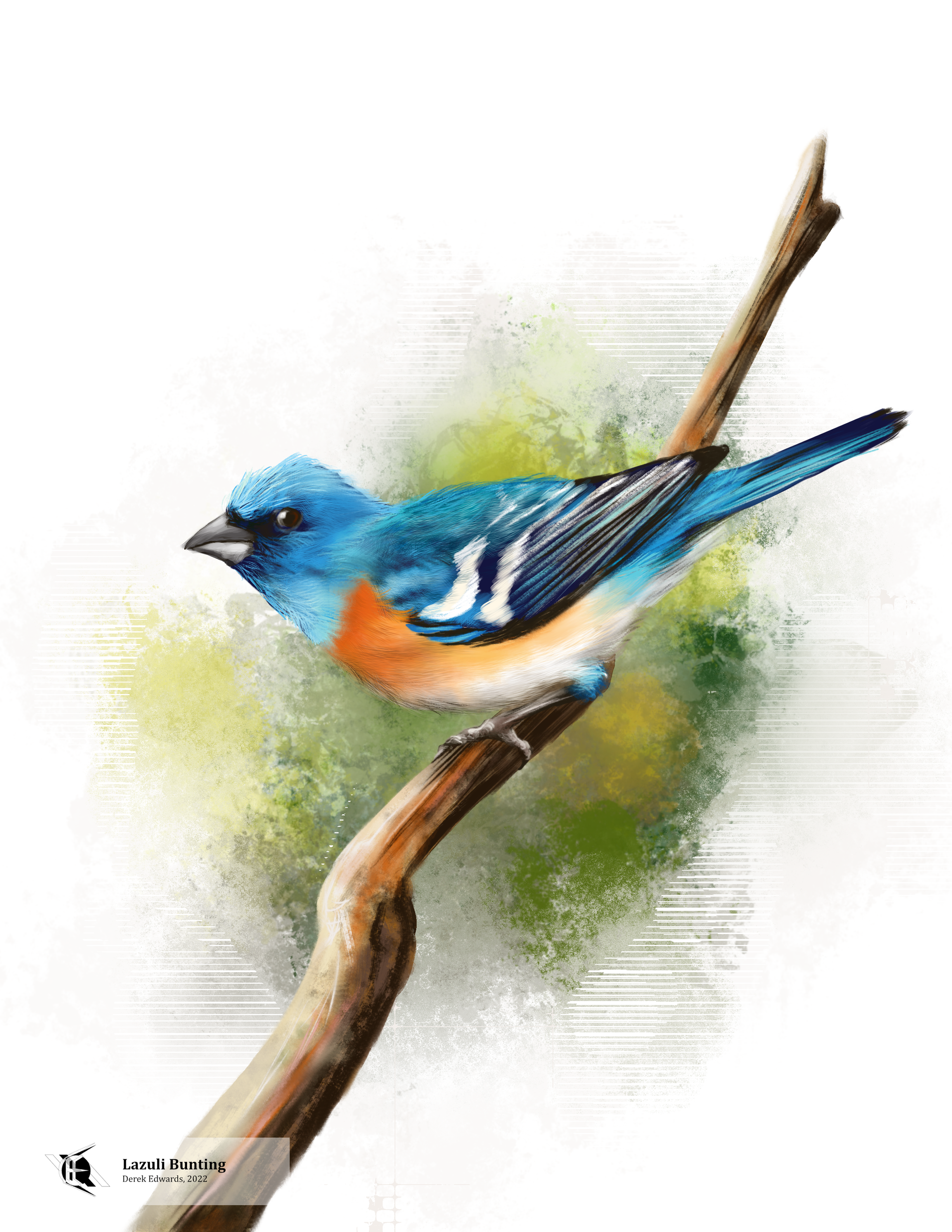
Running Commentary 4/25/2022
Hello,
Random Weather April continues, with “~80° and sunny” winning out for most of the past weekend, which meant it was time to get outside. I made a quick birding excursion and saw a pair of ruby-crowned kinglets. Those are the next-smallest bird in Michigan behind the ruby-throated hummingbird, and I’ve never gotten a confirmed look at one before. Good times. This week it’s set to be a lot cooler and rainy.
Anyway...
Watching...
Moon Knight’s fourth episode seems headed for an early finale before veering off in an unexpected direction. Then a hippo shows up! Here are my notes:

- An episode of Moon Knight without Moon Knight actually worked pretty well. What’s gonna happen to Khonshu is still very much up in the air. He might get freed, but given Oscar Isaac’s comments about not wanting to be locked into Marvel projects for the rest of his career, he might not.
- Or maybe he doesn't exist at all, and the whole show up to this point has just happened in the mind of an interned mental patient, as the episode's final scenes suggest. I'm not inclined to believe that's the case, given that it would mean Marc Spector is fantasizing about having an absolutely miserable life, but it’s possible. Still, that’s usually the kind of twist you save for the end of a story, not the middle.
- Another light-touch, effective action scene in Layla vs. mummy guard.
- More hints at the third personality from the comics appearing in the show.
- I have no idea who the hippo at the end was supposed to be, given that I’ve avoided looking too far into the comics for fear of spoiling the show. I do know that a woman with the head of a hippo was the usual depiction of the ancient Egyptian goddess of childbirth, but I couldn’t begin to speculate how that would play into this show.

Bird of the Week
This week we have a jewel of the American West. The Lazuli Bunting is a songbird of the cardinal family that is found in regions of Canada, the U. S., and Mexico west of the Rocky Mountains, especially in the Intermountain Basin. They are close cousins to the all-blue indigo bunting, with whom they interbreed where their ranges overlap, producing blue birds with white bellies. As with other cardinalids male lazuli buntings are much more colorful than the females. Males look quite a bit like bluebirds, though they can be distinguished by their smaller size, thicker beaks, white wing bars, and generally brighter color. Females are a pale brown, without even the traces of blue in the wings that indigo buntings have, though they do share the males’ wing bars.
Lazuli buntings live in open country. They aren’t forest birds, preferring to live in shrubs and patches of weeds. Like other buntings and their more distant cousins, the New World sparrows, they are common enough sights in backyards and other human environments.
“Lazuli” derives from the Latin root word from which most Romance languages get their term for blue (and from which English gets the term “azure” by way of French) and ultimately derives from the Persian lājevard, which refers to the sky and which thus became part of the Latin term “lapis lazuli”, meaning “stone of the sky”, for a semi-precious stone mined in Afghanistan, among a few other areas. Lapis lazuli is a deep blue color, which it has been prized for since ancient times. The Bible references lapis lazuli (incorrectly called “sapphire” in certain translations) as featuring in the ceremonial breastplate of Hebrew high priests, and as the second layer of the walls of the New Jerusalem in Revelation. In Mexico, rather than comment on the blue color it shares with many other buntings, they call it “colorín pecho canela”, the “cinnamon-chested bunting”. To science, it is Passerina amoena, the “attractive sparrow-like bird”, a rather straight-forward name given by the Quaker naturalist Thomas Say, who was one of the first scientists to study the wildlife on the far side of the Rocky Mountains.

Curation Links
The Dark Stars of Marietta Blau | Mark Wolverton, Science History Institute
Profile of an Austrian Jewish woman whose work in specialty photographic film was crucial to the field of experimental particle physics, and who has been sidelined in the history of science due to a confluence of petty rivalries and Nazi oppression.
The Snack That Swims Down Your Throat | Doug Mack, Snack Stack
From the “No TV Yet” files: a look at the early-20th-century fad of live goldfish swallowing, complete with a look at how the news media of the day covered the “latest Hollywood sport”.
**How the Dumb Design of a WWII Plane Led to the Macintosh |** Cliff Kuang & Robert Fabricant, WIRED
Adapted from Kuang and Fabricant’s User Friendly: How the Hidden Rules of Design Are Changing the Way We Live, Work, and Play, the story of how investigations into wartime crashes of B-17 bombers led to the growth of the field of intuitive design, wherein form follows not only function, but the anticipated psychology of the user. Today, intuitive design is much more than simply making the lever for adjusting the wings look different than the lever for deploying the landing gear.
Body of the Mined | Eric Jungmann, Short of the Week
[FICTION] [VIDEO] Grisly near-future sci-fi in which a gang of toughs break into and rob the home of an aged inventor. Page features a review of the film by Rob Munday.
See the full archive of curations on Notion

Member Commentary